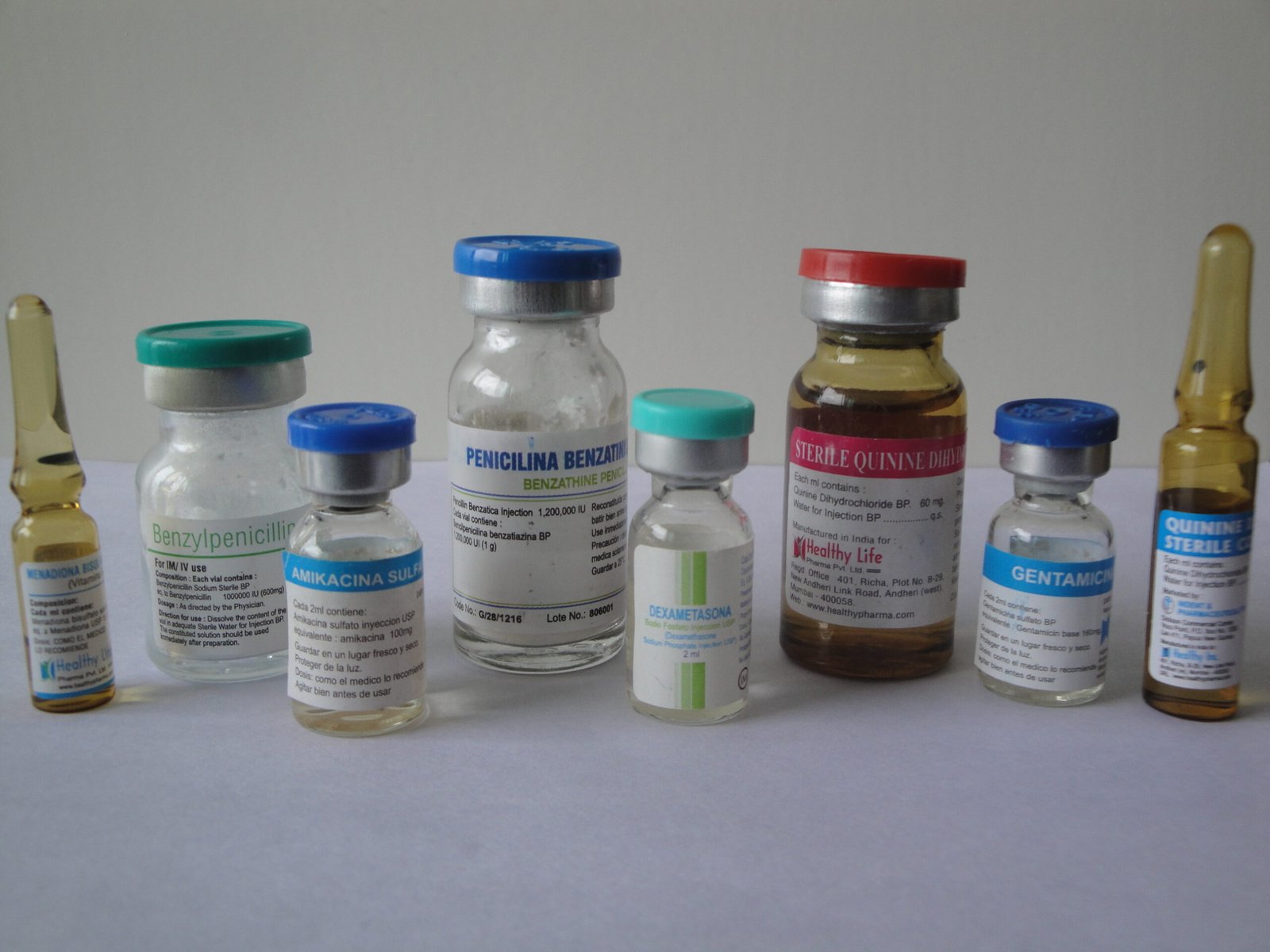Description
Etophylline & Theophylline injection
Treatment of Asthma: Etophylline and theophylline are bronchodilators commonly used in the treatment of asthma. They work by relaxing the muscles in the airways, making it easier to breathe. Injectable formulations may be used in acute exacerbations of asthma when oral medications are not feasible or when rapid onset of action is required.
Treatment of Chronic Obstructive Pulmonary Disease (COPD): Similar to asthma, etophylline and theophylline can also be used in the treatment of COPD to improve airflow to the lungs and alleviate symptoms such as coughing, wheezing, and shortness of breath.
Status Asthmaticus: This injectable formulation may be used in severe cases of asthma exacerbation known as status asthmaticus, where conventional treatments such as inhaled bronchodilators and corticosteroids are not providing sufficient relief.
Respiratory Distress Syndrome (RDS) in Neonates: In some cases, theophylline derivatives like etophylline may be used to treat respiratory distress syndrome in premature infants. However, this is less common due to the availability of alternative treatments.
Other Respiratory Conditions: In addition to asthma and COPD, etophylline and theophylline may be used in the management of other respiratory conditions characterized by bronchoconstriction or airflow obstruction.
It’s important to note that the use of etophylline and theophylline requires careful monitoring of blood levels due to their narrow therapeutic window and potential for toxicity. Dosage and administration should be determined by a healthcare professional based on individual patient factors, including age, weight, renal function, and other medical conditions. Additionally, injections should only be administered by trained healthcare professionals in a clinical setting.
The combination of Etophylline and Theophylline in the injectable solution, along with Benzyl alcohol as a preservative and Water for Injection (WFI), suggests that this medication is likely used for the treatment of respiratory conditions. Here are some potential usages:
Bronchodilator for Asthma: Etophylline and Theophylline are bronchodilators that can help relax the muscles in the airways, making it easier to breathe. This makes the injection suitable for the management of asthma.
Treatment of Chronic Obstructive Pulmonary Disease (COPD): Similar to asthma, COPD involves airflow obstruction. The bronchodilatory effects of Etophylline and Theophylline may be beneficial in managing COPD symptoms.
Respiratory Conditions with Bronchoconstriction: This medication may be prescribed for other respiratory conditions characterized by bronchoconstriction, such as chronic bronchitis.
Preservative for Sterility: Benzyl alcohol serves as a preservative to prevent the growth of bacteria and other microorganisms in the injectable solution, ensuring its sterility.
Diluent and Solvent: Water for Injection (WFI) is used to dissolve and dilute the active ingredients, creating a solution suitable for injection.
It’s important to note that the specific usage and dosage of this medication should be determined by a qualified healthcare professional based on the patient’s individual medical condition, response to treatment, and potential contraindications. This injection is typically administered under medical supervision in a healthcare setting, and patients should not self-administer without proper guidance from a healthcare provider. Always follow the prescribed dosage and administration instructions provided by your doctor.



